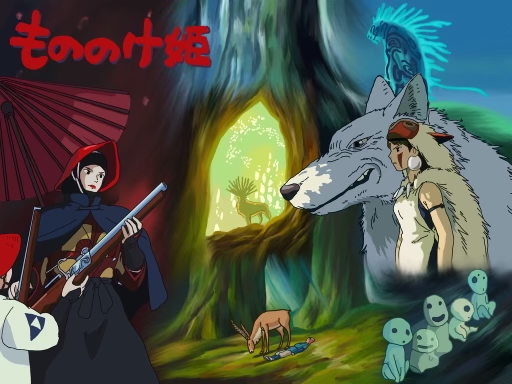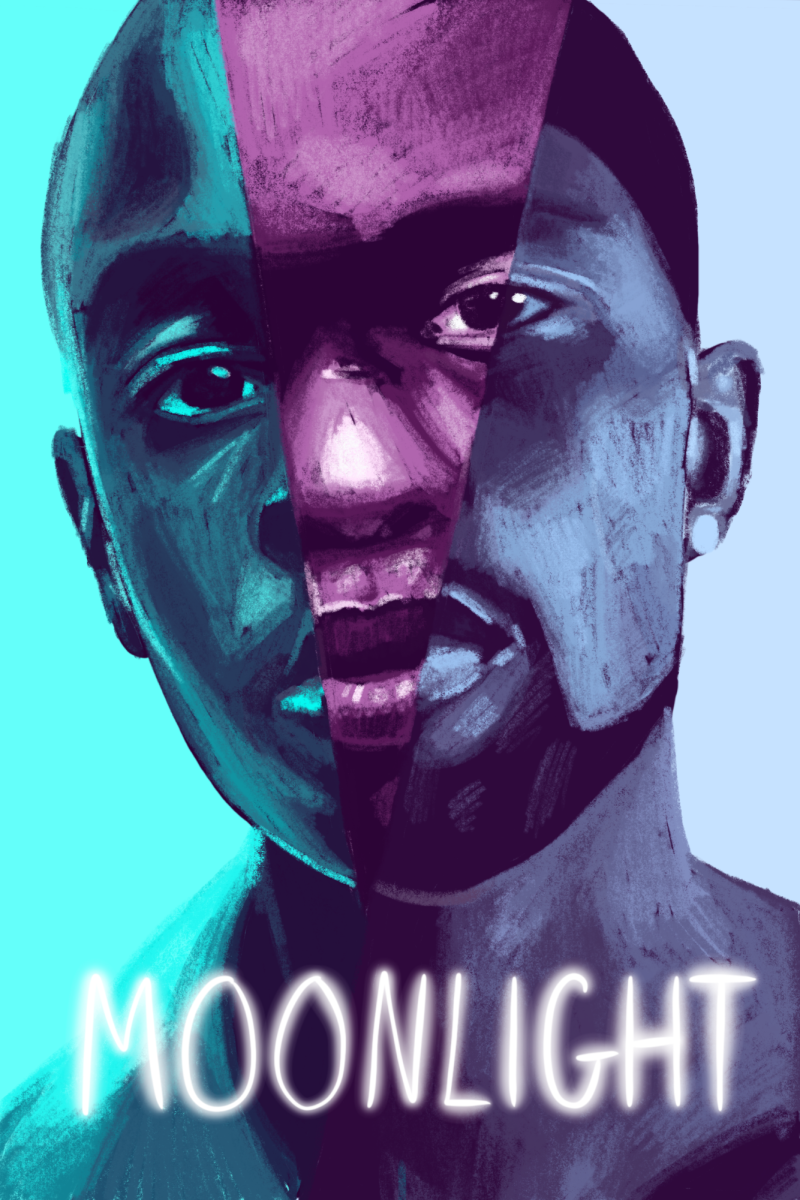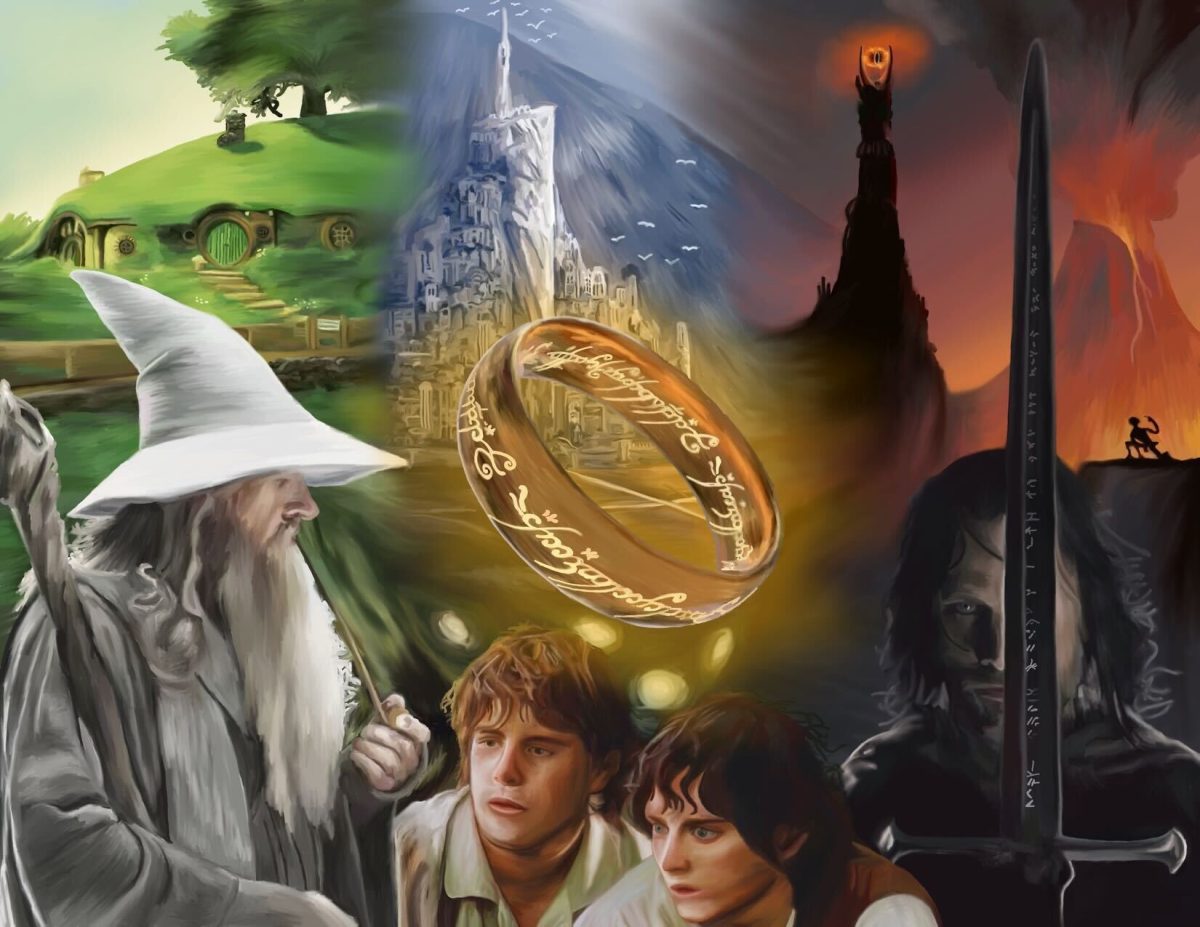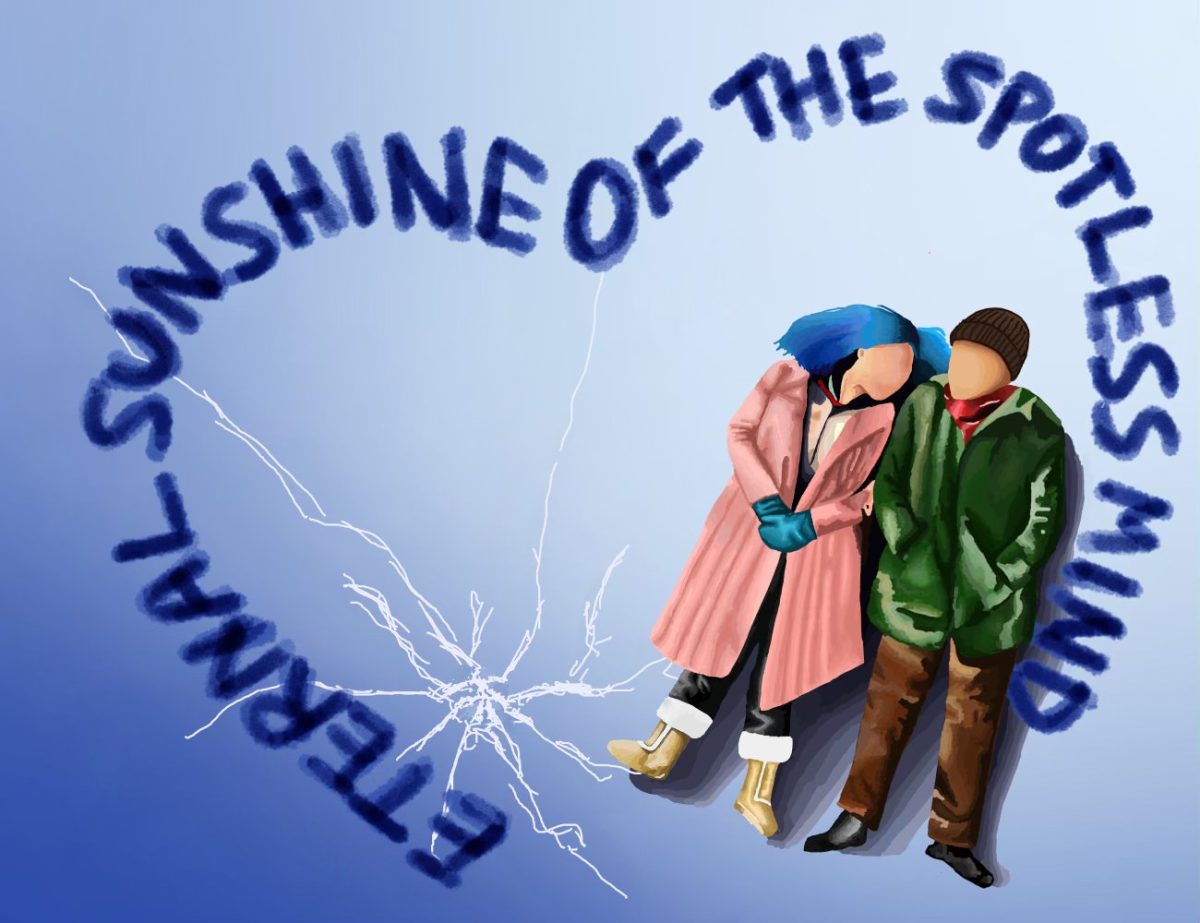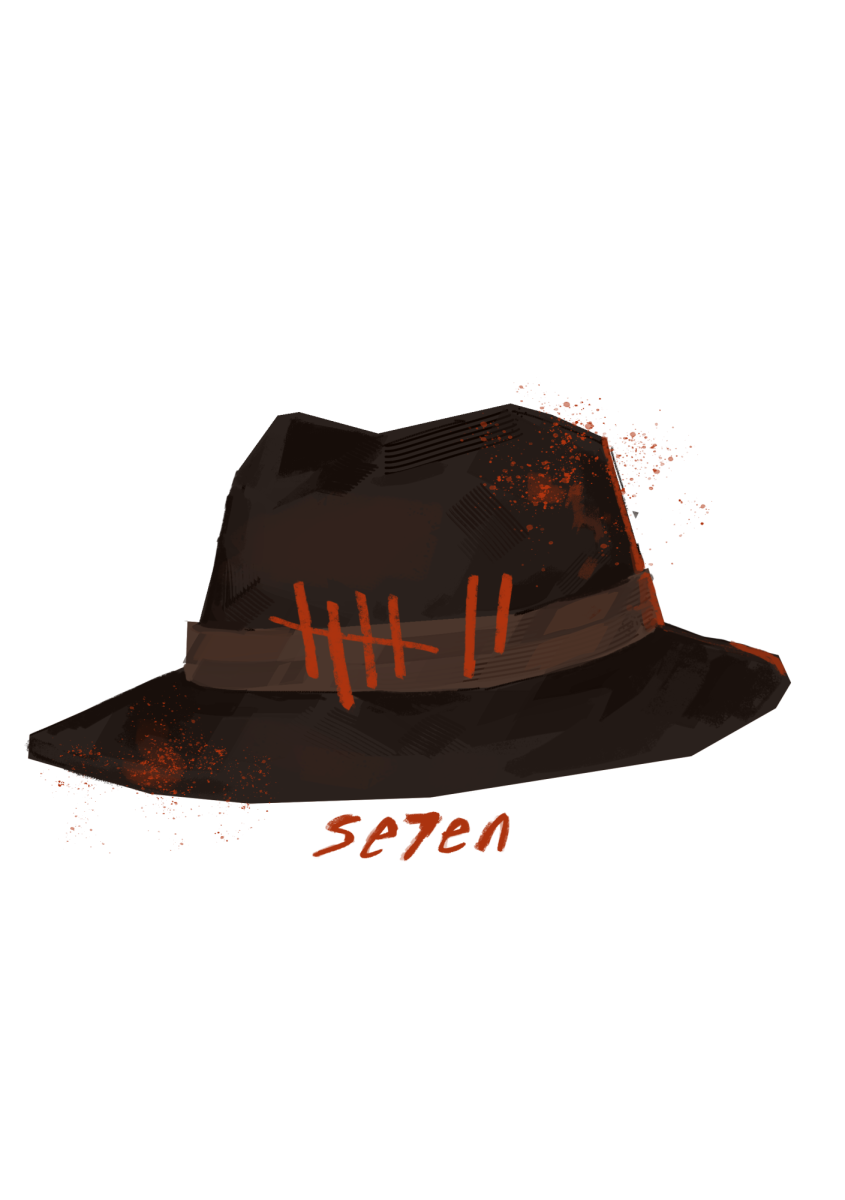This article is part of the “Retro Review” series. Each month, four films — united by a singular theme — are assessed. The theme for April 2024 is “literature adaptations.”
Time for a deep breath.
Baz Luhrmann’s 2013 adaptation of F. Scott Fitzgerald’s iconic 1925 novel “The Great Gatsby” is, simply put, a lot to unpack. Various directors adapted the celebrated book into a feature film in 1926, 1949 and 1974, but none had ever seen a level of extravagance on such a large scale.
When an ambitious young man, Nick Carraway (Tobey Maguire), moves to New York in 1922, he finds himself living next to a ridiculously rich and extravagant man named Jay Gatsby (Leonardo DiCaprio). Through unbelievable festivities, complicated love triangles and tea parties, Nick attempts to unravel who this mysterious and larger-than-life person is.
“The Great Gatsby” certainly has an iconic plot and cast of characters going for it. The level of extravagance and flashiness of the film, however, may have been a bit too much.
The first 15 minutes of the film, especially the montage of Nick settling into New York life, feels like getting violently shaken back and forth. There are no breaks from Luhrmann’s blistering pace — it’s all gas, no brakes. “The Great Gatsby” is a story known for its luxury, so this feeling isn’t entirely terrible, but for some viewers, it just might be too much. Throw in attempting to take notes for a review during this bullet train of a movie, and it’s nearly impossible to produce anything but handwriting that looks like the Declaration of Independence.
The pace takes away from the film’s stunning visuals — the nonstop action doesn’t let viewers take in most of these shots. There are tilts, pans and zooms galore, but never a stoppage in camera movement that allows the viewer to soak in the pretty cinematography. Even though the pace is insane, the ambition and risk is certainly admirable.
Another bold choice is the soundtrack. One would think that it would consist mostly of music from the 1920s … think again. The scene is set with a more modern collection of songs, including tracks from Jay-Z, Beyoncé and Lana Del Rey.
Initially, it feels out of place to be hearing these modern songs over a film set a century ago. However, it works for some scenes, such as the glamorous tour of Gatsby’s house with Lana Del Rey’s “Young and Beautiful” playing in the background. Mesmerizing stuff. Most of the performances are pretty great. While there are not a ton of standout scenes from him, Maguire is solid as Carraway, and his narration does the job. Carey Mulligan, per usual, kills it as the wonderful and torn Daisy Buchanan, especially in this tense dinner scene.
To nobody’s surprise, the person who takes the cake is DiCaprio as Gatsby. As one of the most celebrated and famous actors in the world, nobody else could have played Gatsby. The film needed someone who brought that level of fame, glamor and larger-than-life aura to the famous character, and DiCaprio did just that, including a classic flip-out scene.
Coming back to the plot and pace, once the viewer (if they’re able to) can settle down and get used to the pace, there’s plenty to enjoy. The ends of the second and third acts have great moments as Gatsby and his mystery unravel before the eyes of people in and out of the diegesis.
In a word, this film is insane. It’s certainly worth a watch, but the pace and style just might not be for everyone. Regardless, the risks and leaps of faith it takes with the style are great, as adapting a famous book — which had already been adapted into a feature film three times — should come with a director’s own style. It doesn’t amount to a great film, but it’s a worthwhile installment into the Gatsbyverse.










